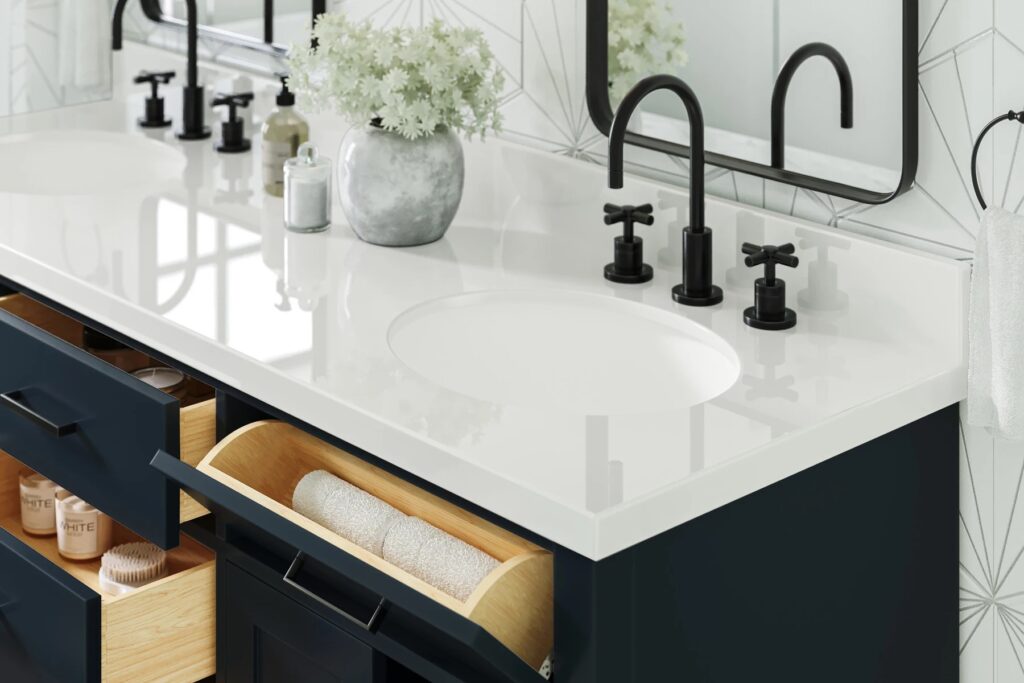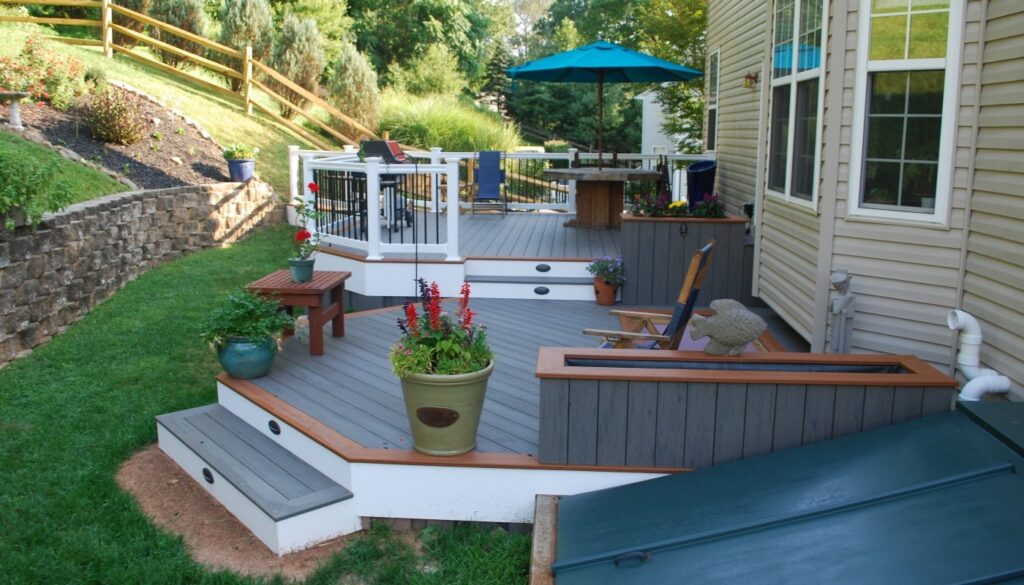The Long-Term Value of Investing in Quartz Vanity Tops for Your Bathroom
When considering a bathroom renovation or upgrade, homeowners often face the challenge of choosing the right materials for both functionality and aesthetic appeal. Among the many options available, quartz vanity tops have emerged as a top choice for those seeking a combination of durability, elegance, and long-term value. Investing in quartz vanity tops not only enhances the overall look of your bathroom but also offers numerous practical benefits that make it a wise decision for years to come. Quartz is an engineered stone made from natural quartz crystals combined with resins and pigments, resulting in a highly durable and non-porous surface. This composition makes quartz vanity tops resistant to stains, scratches, and moisture common challenges in a bathroom environment. Unlike natural stones such as marble or granite, quartz does not require sealing, which simplifies maintenance and reduces long-term upkeep costs. This low-maintenance feature is particularly beneficial for busy households or rental properties, where time and effort spent on cleaning are often limited.

From an aesthetic perspective, quartz offers remarkable versatility. Available in a wide range of colors, patterns, and finishes, quartz vanity tops can mimic the appearance of natural stones while providing a more uniform and consistent look. Whether you prefer a sleek, modern design or a more traditional appearance, quartz can be customized to match your bathroom’s theme. This design flexibility adds significant visual appeal and contributes to the overall value of your home, making it more attractive to potential buyers should you decide to sell in the future. Another key aspect of quartz’s long-term value lies in its longevity and click here for info. Quartz is incredibly hard and durable, meaning it can withstand daily use without showing signs of wear and tear. Its resistance to heat and chemicals also adds to its resilience, ensuring that the surface remains pristine even after years of exposure to hair styling tools, cosmetics, and cleaning agents. This long-lasting performance translates into fewer replacements or repairs, which ultimately saves money over time. Because they are non-porous, they do not harbor bacteria, mold, or mildew an essential feature in a high-moisture environment like a bathroom.
In terms of hygiene, quartz vanity tops outperform many other materials. This not only promotes a healthier living space but also reduces the need for harsh cleaning products, further preserving the surface and making it environmentally friendly. Financially, the initial investment in quartz may be higher than other countertop materials such as laminate or tile. However, this upfront cost is balanced by the long-term benefits it provides. The combination of durability, low maintenance, and timeless beauty means quartz vanity tops offer a high return on investment. Over time, homeowners often find that the reduced need for repairs and replacements, along with increased home value, more than justifies the initial expense. Quartz vanity tops present a smart, long-term investment for any bathroom renovation. Their durability, aesthetic versatility, low maintenance, and hygienic properties make them a standout choice for homeowners seeking both practicality and style. By choosing quartz, you are not only upgrading your bathroom’s appearance but also investing in a solution that will stand the test of time and enhance your home’s value for years to come.




